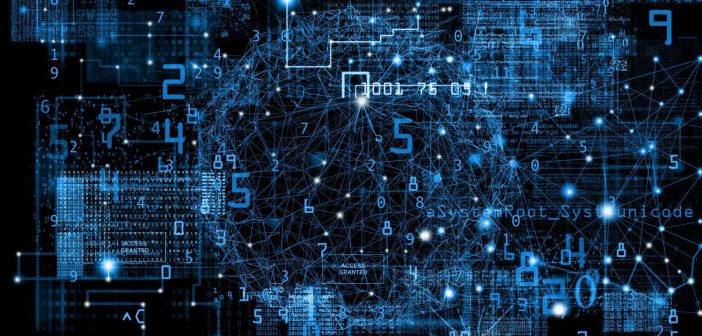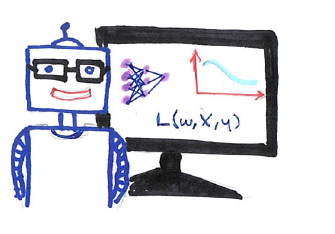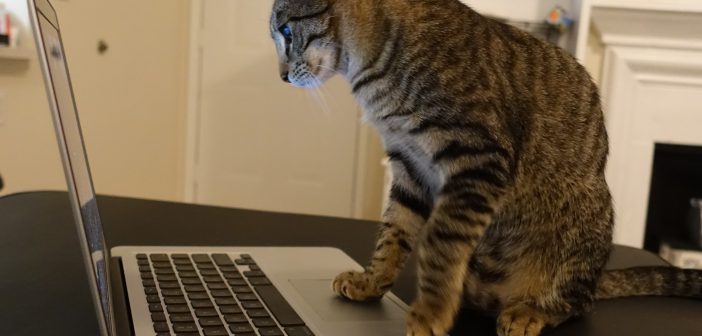The SAS Data Science Blog
Advanced analytics from SAS data scientists
SAS® supports the creation of deep neural network models. Examples of these models include convolutional neural networks, recurrent neural networks, feedforward neural networks and autoencoder neural networks. Let’s examine in more detail how SAS creates deep learning models using SAS® Visual Data Mining and Machine Learning. Deep learning models with

We have updated our software for improved interpretability since this post was written. For the latest on this topic, read our new series on model-agnostic interpretability. Don`t jump into modelling. First, understand and explore your data! This is common advice for many data scientists. If your data set is messy,

We have updated our software for improved interpretability since this post was written. For the latest on this topic, read our new series on model-agnostic interpretability. As machine learning takes its place in many recent advances in science and technology, the interpretability of machine learning models grows in importance. We

In the field of machine learning, online learning refers to the collection of machine learning methods that learn from a sequence of data provided over time. In online learning, models update continuously as each data point arrives. You often hear online learning described as analyzing “data in motion,” because it

This is the first in a series of posts about machine learning concepts, where we'll cover everything from learning styles to new dimensions in machine learning research. What makes machine learning so successful? The answer lies in the core concept of machine learning: a machine can learn from examples and

In my 25 years at SAS, I‘ve noticed the continued use of important algorithms, such as logistic regression and decision trees, which I’m sure will continue to be steady staples for data scientists. After all, they’re easy-to-use, interpretable algorithms. However, they’re not always the most accurate and stable classifiers. To



